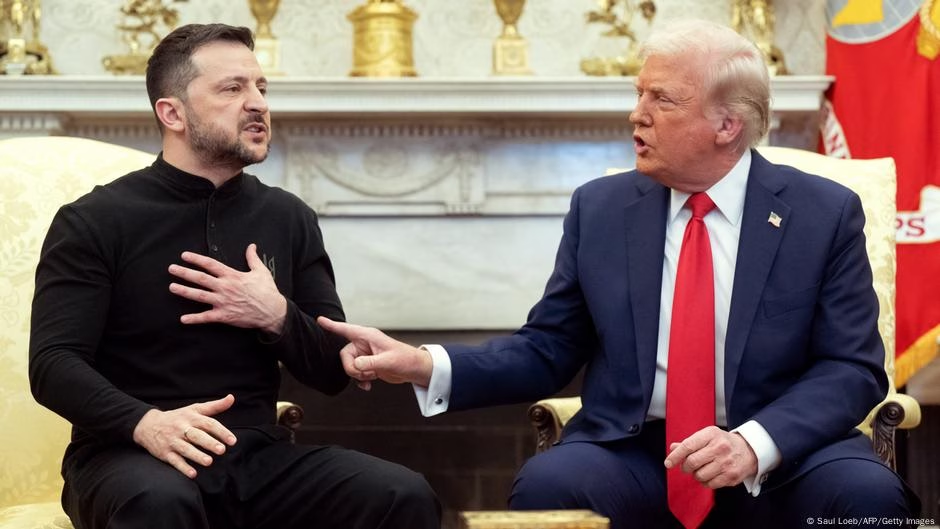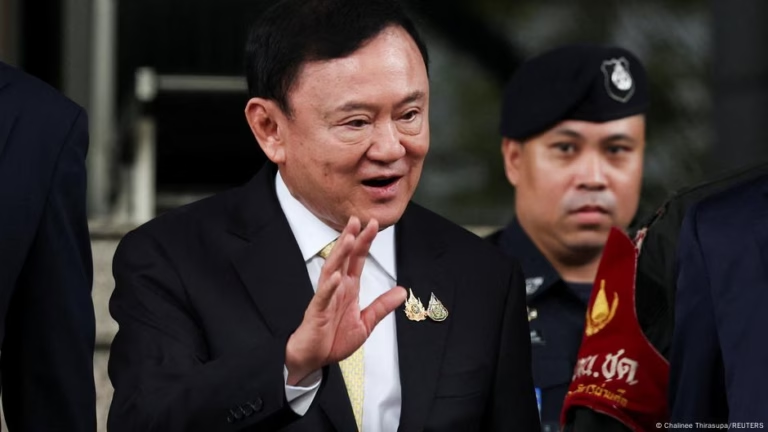Unpredictability is a hallmark of Trump’s style of negotiation. He has spent a decade in politics using metaphors of gaming, gambling, and bluffing in his deal-making with other leaders.
Take his now infamous spat during a meeting in late February 2025 with Ukraine’s President Volodymyr Zelenskyy in the Oval Office:
Trump: “You’re not in a good position. You don’t have the cards right now. With us, you start having cards.”
Zelenskyy: “I’m not playing cards.”
Trump: “Yeah, you’re playing cards. You’re gambling with the lives of millions of people. You’re gambling with World War III.”
Bluffing has always been a powerful tool of diplomacy. It is a trick used to change another player’s mind, often with threats of military or economic force. Knowing when a bluff is a real threat is part of the game.
In Zelenskyy’s case, Trump threatened to withhold force—the military and financial aid the US gives to Ukraine in its war against Russia.
Yet Trump was not bluffing. Days later, the US withdrew its military support for Ukraine. Just as Trump was not bluffing about introducing trade tariffs on China, the EU, Mexico, and Canada. Nor about withdrawing the US from the WHO or defunding US science.
Verifying whether Trump’s threats are empty or intentional is “extremely challenging,” said Seden Akcinaroglu, a political scientist at Binghamton University, New York. But there are ways to study the playbooks of diplomacy to understand his strategic intentions.
The ‘Madman Theory’ of diplomacy
For bluffs to achieve their goal of coercion, a leader must maintain a credible and consistent image of unpredictability.
Even seemingly empty threats can effectively achieve their strategic objectives if they intimidate adversaries or bolster support within their constituencies, Akcinaroglu told DW.
Nuclear deterrence is a key example—the threat of launching nuclear strikes and a willingness for mutually assured destruction (ironically called M.A.D for short) has achieved its purpose in preventing thermonuclear war, so far. But it’s difficult to determine the sincerity or credibility of bluffs when US Presidents use them, argues Akcinaroglu.
Cultivating uncertainty is a key tactic of M.A.D. Richard Nixon coined the term “Madman Theory” to describe his belief that creating the perception of mental instability could contribute to victory in Vietnam.
The Madman Theory is the idea that it is helpful to be viewed as crazy in coercive bargaining. This is particularly useful when following through on threats is very costly,” said Roseanne McManus, a political scientist at Pennsylvania State University, US.
But it is very difficult to tell the difference between genuine madness and credible bluffing,” McManus told DW.
Trump is a ‘madman’ with adversaries and allies
Every US administration since the Cold War has bluffed and threatened warfare—nuclear or conventional—to serve their strategic purposes, even if the goal is peace. For 80 years, Russia has believed the US stands behind such threats of war, especially if any other NATO member country is invaded.
Where Trump’s “Madman” strategy differs from past US presidents, however, is that he uses it toward both adversaries and allies, said McManus.
Since beginning his second term, Trump seems to be seeking to accommodate Russia rather than using a Madman Strategy toward Russia. Trump may instead be using a Madman Strategy toward Europe,” said McManus.
His threats to pull out of the NATO alliance carry a supplementary threat that he might not defend Europe against any Russian attacks. But it remains unclear what his ultimate intentions are. The uncertainty embedded in his otherwise predictable rhetoric is what makes it hard to know where other countries stand.
Trump could be playing a double-headed mind game.
What can the Madman Theory tell us about Trump?
The short answer is that it tells us nothing—but that is the point.
Trump is clearly aware of his madness reputation and views it as an asset. Nonetheless, it is often unclear to me whether Trump is deliberately employing the Madman Theory or just acting on his genuine impulses,” McManus said.
McManus’ research suggests leaders who never follow through on their threats will tend to lose their madness reputations.
If Trump follows through even some of the time on extreme threats, like he recently did with trade tariffs, he can probably maintain his madness reputation,” said McManus.
And perhaps that is Trump’s biggest gamble: Playing madman with all sides in his diplomacy hinges on whether he can keep it up. Meanwhile, he leaves everyone guessing.
Edited by: Zulfikar Abbany
Sources:
Revisiting the Madman Theory: Evaluating the Impact of Different Forms of Perceived Madness in Coercive Bargaining by Roseanne W. McManus in the journal Security Studies (September 2019).







